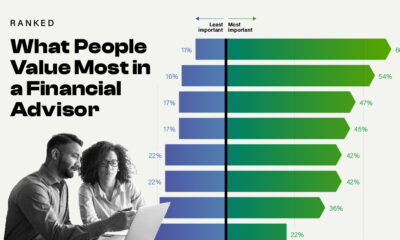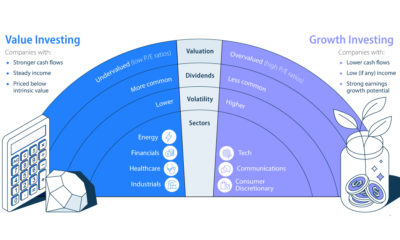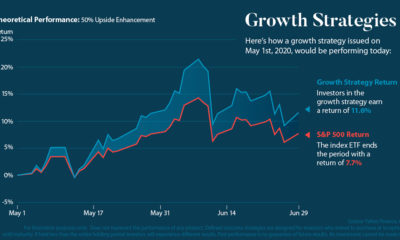Markets in a Minute
Decision Paralysis: The Rise to One Million Investment Choices
The following content is sponsored by Morningstar


Markets in a Minute
The Top 5 Reasons Clients Fire a Financial Advisor
Firing an advisor is often driven by more than cost and performance factors. Here are the top reasons clients ‘break up’ with their advisors.
Markets in a Minute
The Top 5 Reasons Clients Hire a Financial Advisor
Here are the most common drivers for hiring a financial advisor, revealing that investor motivations go beyond just financial factors.
-

 Infographics2 years ago
Infographics2 years agoThe Top Investment Quotes Every Investor Should Know
-

 Markets in a Minute2 years ago
Markets in a Minute2 years agoMapped: The Growth in U.S. House Prices by State
-

 Markets in a Minute2 years ago
Markets in a Minute2 years agoHow Closely Related Are Historical Mortgage Rates and Housing Prices?
-

 Infographics2 years ago
Infographics2 years agoA Visual Guide to Stagflation, Inflation, and Deflation
-

 Markets in a Minute1 year ago
Markets in a Minute1 year agoMapped: Global Energy Prices, by Country in 2022
-

 Markets in a Minute2 years ago
Markets in a Minute2 years agoVisualizing Historical Oil Prices (1968-2022)
-

 Infographics1 year ago
Infographics1 year agoVisual Guide: The Three Types of Economic Indicators
-

 Markets in a Minute2 years ago
Markets in a Minute2 years agoMapped: Global Macroeconomic Risk, by Country in 2022




















